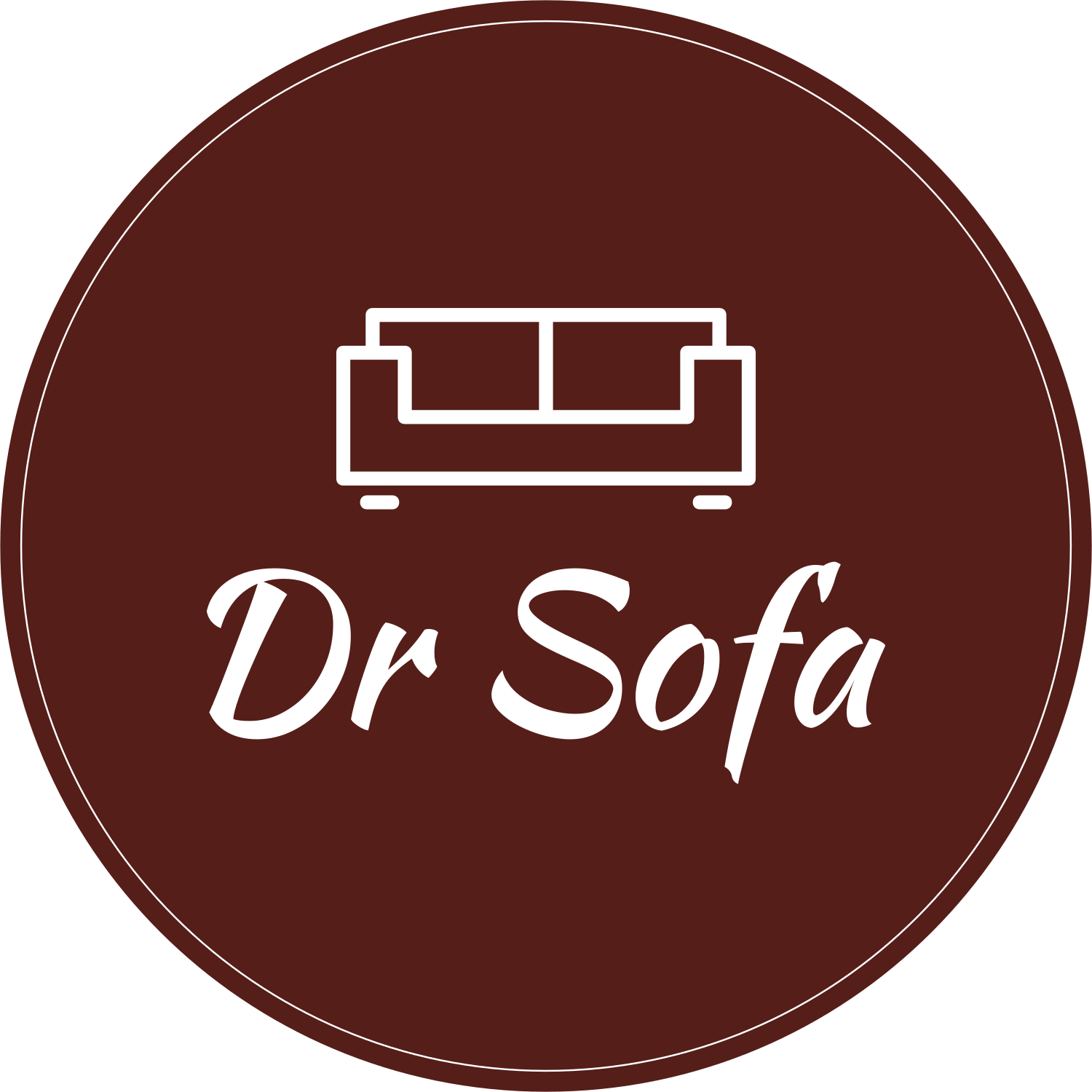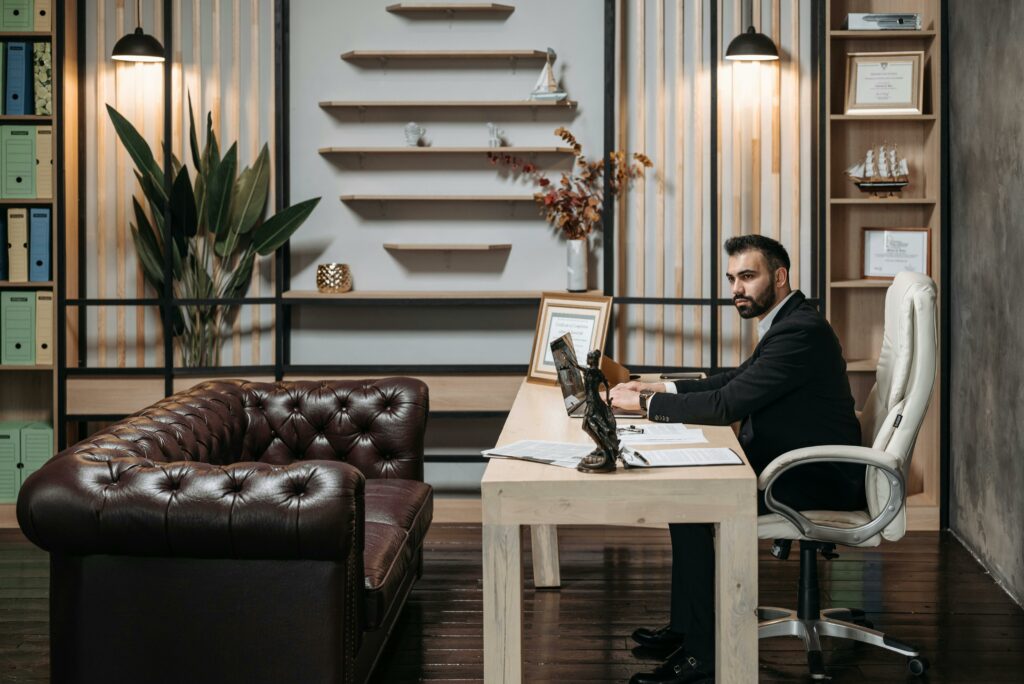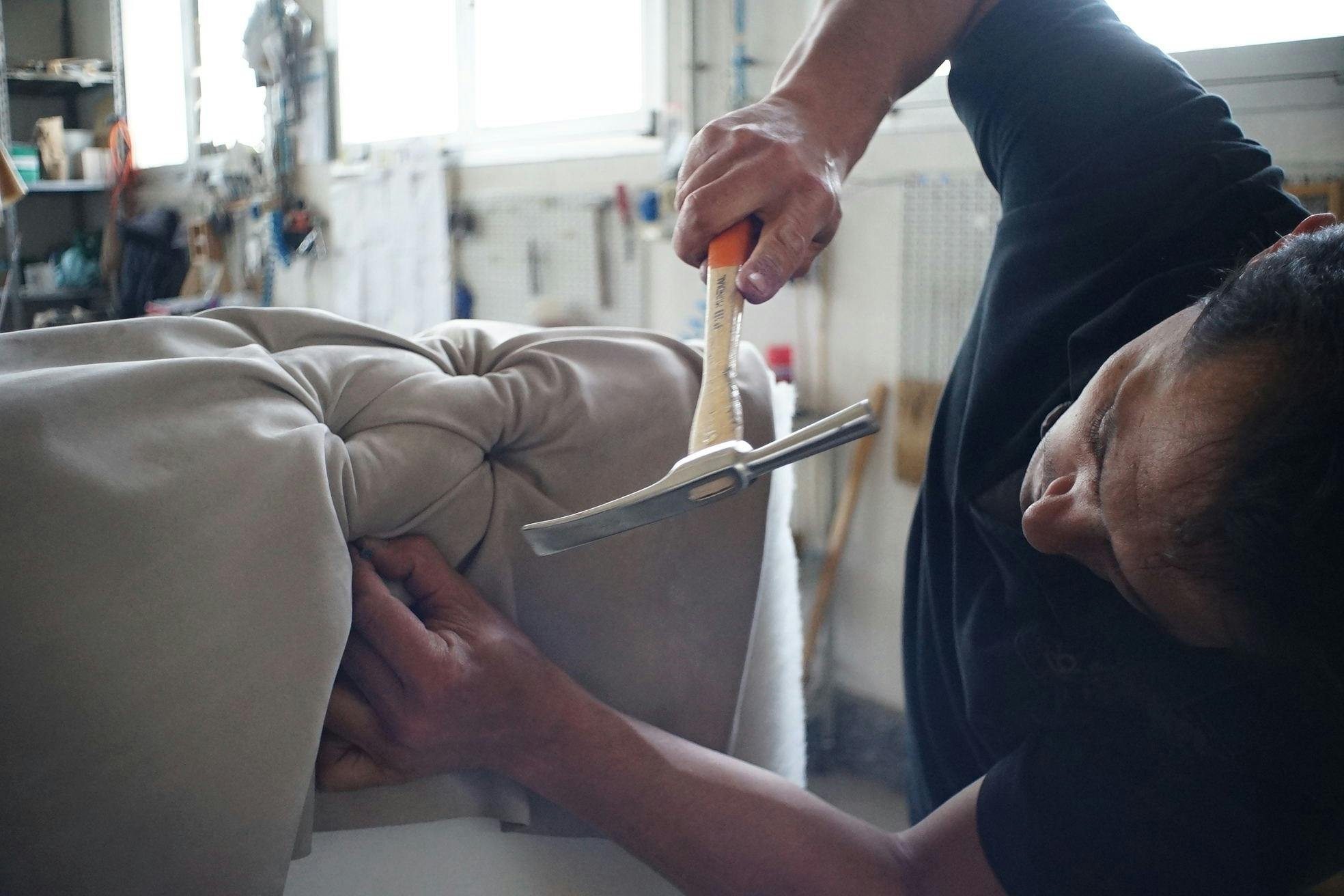Fabric, Leatherette, or Real Leather: Choosing the Best Material for Your Furniture
When selecting the perfect furniture for your home or office, the choice of upholstery material plays a crucial role in determining both the aesthetic appeal and the functionality of your pieces. The three most popular options—fabric, leatherette, and real leather—each come with unique benefits and considerations. In this comprehensive guide, we’ll delve into the details of these materials, exploring their characteristics, pros, cons, and suitability for various lifestyles and environments.
Understanding Fabric Upholstery
Fabric upholstery is one of the most versatile and widely used options in the furniture world. Its softness, wide variety of patterns, and affordability make it a go-to choice for many homeowners.
Advantages of Fabric Upholstery
- Comfort and Warmth
Fabric-covered furniture is often considered the most comfortable due to its soft texture and ability to retain warmth. Unlike leather, fabric does not feel cold in winter or overly warm in summer. - Diverse Styles and Colors
Fabric offers a virtually limitless range of colors, patterns, and textures. This makes it easier to find a design that complements your interior decor. - Affordability
Compared to real leather, fabric upholstery is usually more budget-friendly, making it a great option for those seeking style without breaking the bank. - Hypoallergenic Options
Certain synthetic fabrics are designed to be resistant to allergens such as dust mites and pet dander.
Disadvantages of Fabric Upholstery
- Durability Issues
While some high-quality fabrics are durable, they are generally more prone to wear and tear compared to leather or leatherette. - Stain Susceptibility
Fabric upholstery absorbs spills and stains more readily, requiring careful maintenance or protective coatings. - Cleaning Challenges
Fabric may require frequent vacuuming and professional cleaning to maintain its appearance over time.
What is Leatherette? A Budget-Friendly Alternative
Leatherette, also known as faux leather or synthetic leather, is a man-made material designed to mimic the look and feel of genuine leather. It’s created using a plastic base (typically polyurethane or PVC) and a fabric backing.
Advantages of Leatherette
- Cost-Effective
Leatherette is significantly more affordable than real leather, making it an attractive choice for budget-conscious shoppers. - Low Maintenance
Unlike fabric, leatherette is highly resistant to stains and easy to clean with just a damp cloth. Its non-porous surface prevents spills from seeping in. - Durability
While not as long-lasting as genuine leather, leatherette is resistant to cracking, fading, and scratches, making it a great option for households with pets or children. - Eco-Friendly Option
As a synthetic material, leatherette does not require animal hides, making it a more sustainable choice for those concerned about animal welfare. - Water Resistance
Leatherette is impervious to water, making it an excellent choice for furniture in humid or spill-prone environments.
Disadvantages of Leatherette
- Lack of Breathability
Leatherette can feel hot and sticky in warm climates, as it lacks the natural breathability of genuine leather. - Limited Lifespan
Over time, leatherette may peel or crack, especially in high-use areas. - Artificial Feel
Despite its visual similarity to leather, leatherette often lacks the natural texture and suppleness of genuine leather.
The Timeless Appeal of Real Leather
Real leather is renowned for its luxury, durability, and timeless aesthetic. Crafted from animal hides, it is a natural material that has been used in furniture making for centuries.
Advantages of Real Leather
- Unmatched Durability
Real leather is incredibly tough and can last for decades with proper care. It develops a beautiful patina over time, adding character to your furniture. - Luxurious Appearance
Leather exudes elegance and sophistication, making it a popular choice for premium interiors. - Natural Breathability
Leather adjusts to body temperature, ensuring comfort in both hot and cold climates. - Easy Maintenance
Spills can be wiped off easily, and regular conditioning keeps the material supple and resistant to cracking. - Allergen Resistance
Genuine leather does not harbor dust mites, pet dander, or other allergens, making it an excellent choice for allergy sufferers.
Disadvantages of Real Leather
- High Cost
The premium nature of leather comes with a hefty price tag, which may be prohibitive for some buyers. - Maintenance Requirements
To preserve its quality, leather must be conditioned regularly and kept away from direct sunlight or heat sources. - Limited Color Options
Leather typically comes in natural tones, offering fewer color choices than fabric or leatherette. - Ethical Concerns
The use of animal hides raises ethical considerations for those seeking cruelty-free products.
Comparing Fabric, Leatherette, and Real Leather
| Feature | Fabric | Leatherette | Real Leather |
|---|---|---|---|
| Durability | Moderate | High | Very High |
| Comfort | Soft and warm | Firm but less breathable | Softens over time |
| Maintenance | Requires cleaning and stain care | Easy to clean, low maintenance | Requires conditioning |
| Cost | Affordable | Budget-friendly | Expensive |
| Style Options | Wide variety | Moderate variety | Limited to natural tones |
| Eco-Friendliness | Depends on material | Animal-friendly, not biodegradable | Natural but uses animal hides |
Choosing the Right Material for Your Lifestyle
The best material for your furniture depends on your lifestyle, budget, and design preferences. Here’s a quick guide to help you decide:
- For Families with Kids or Pets: Leatherette is an excellent choice due to its durability and easy cleaning.
- For Those Seeking Comfort and Variety: Fabric is ideal, offering soft textures and numerous styles to match your decor.
- For a Luxurious and Long-Lasting Investment: Real leather provides timeless elegance and resilience.
Conclusion
Selecting between fabric, leatherette, and real leather is a significant decision that impacts the style, comfort, and longevity of your furniture. By carefully considering the advantages and disadvantages of each material, you can find the perfect match for your needs. Whether you prioritize affordability, durability, or luxury, understanding these materials will empower you to make an informed choice that enhances your living space for years to come.



